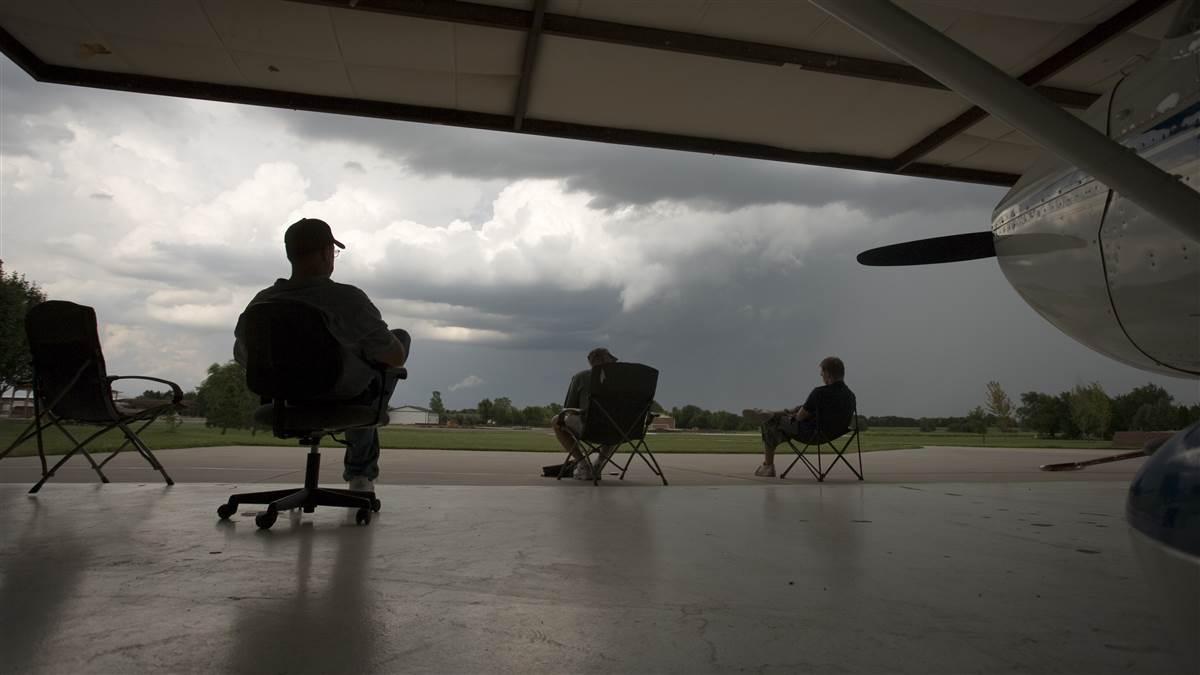In this Section

Keep These Points in Mind:
- An air mass is a body of air with similar temperature and moisture characteristics throughout.
- A front is the boundary between two different air masses.
- High pressure systems tend to produce hazy conditions and few or no storms.
- Low pressure systems tend to produce stormy weather.
- The weather that occurs at the front is dependent on the temperature, moisture, and stability in the area.
- Temperature and pressure differences can be significant on either side of a front.
- Hazardous weather associated with fronts can include thunderstorms, icing, low ceilings/visibilities, and wind/turbulence.
- Forecasts are educated guesses, not guarantees.
- Compare the forecast to actual conditions and pay attention to trends.
- ATC, flight service, and onboard datalink technology are excellent in-flight weather resources to help assess if and how conditions are changing. Use them strategically, not tactically.
In this Section

SiriusXM Aviation
SiriusXM’s satellite-delivered weather is always available inflight with no altitude limitations or line-of-sight restrictions. It provides coast-to-coast, high-resolution radar and weather features not available with ADS-B – helping you know what weather lies ahead so you can fly with confidence. To receive a two month trial of SiriusXM Aviation Weather and Entertainment or learn more about other SiriusXM offers, please go to aopa.org/SiriusXM.